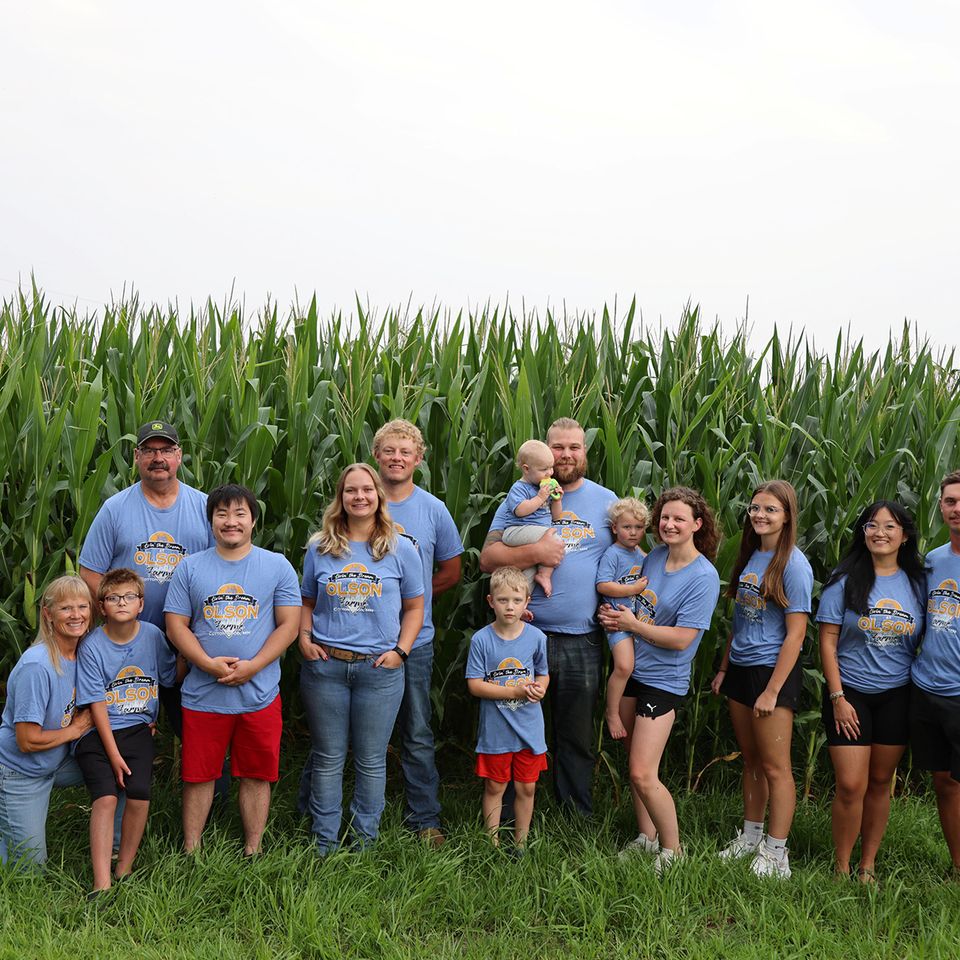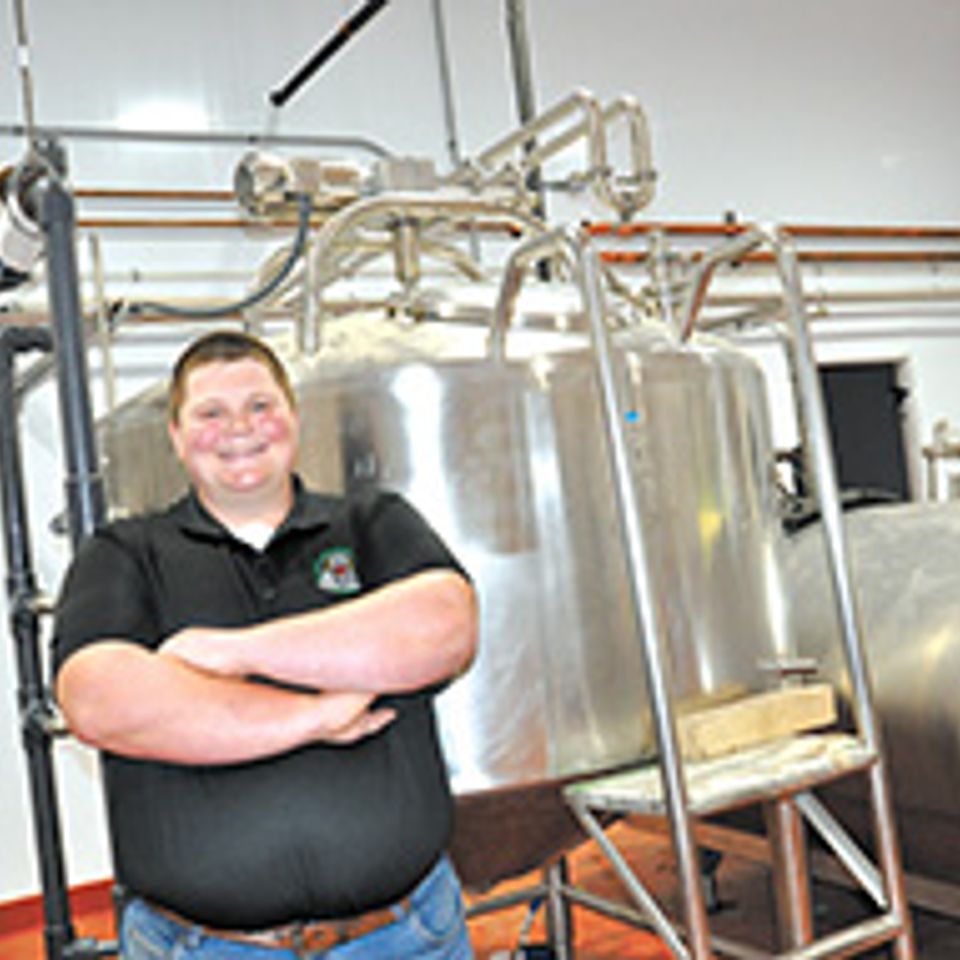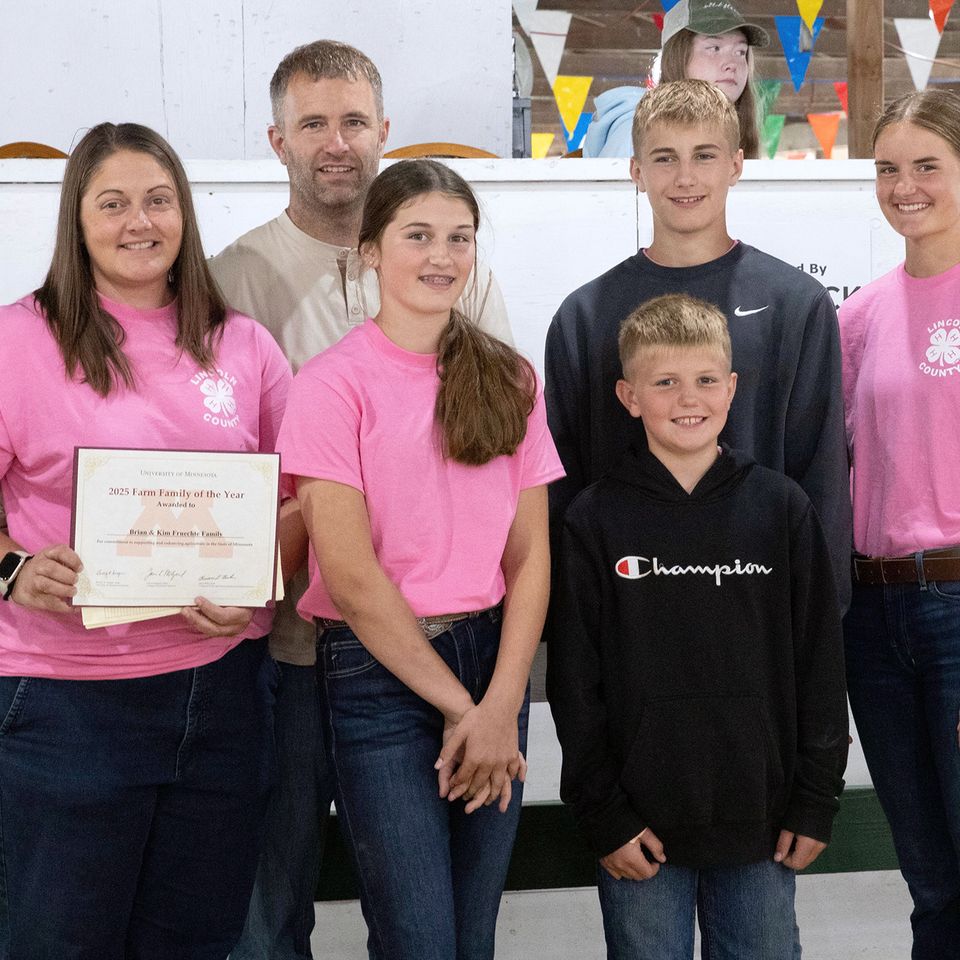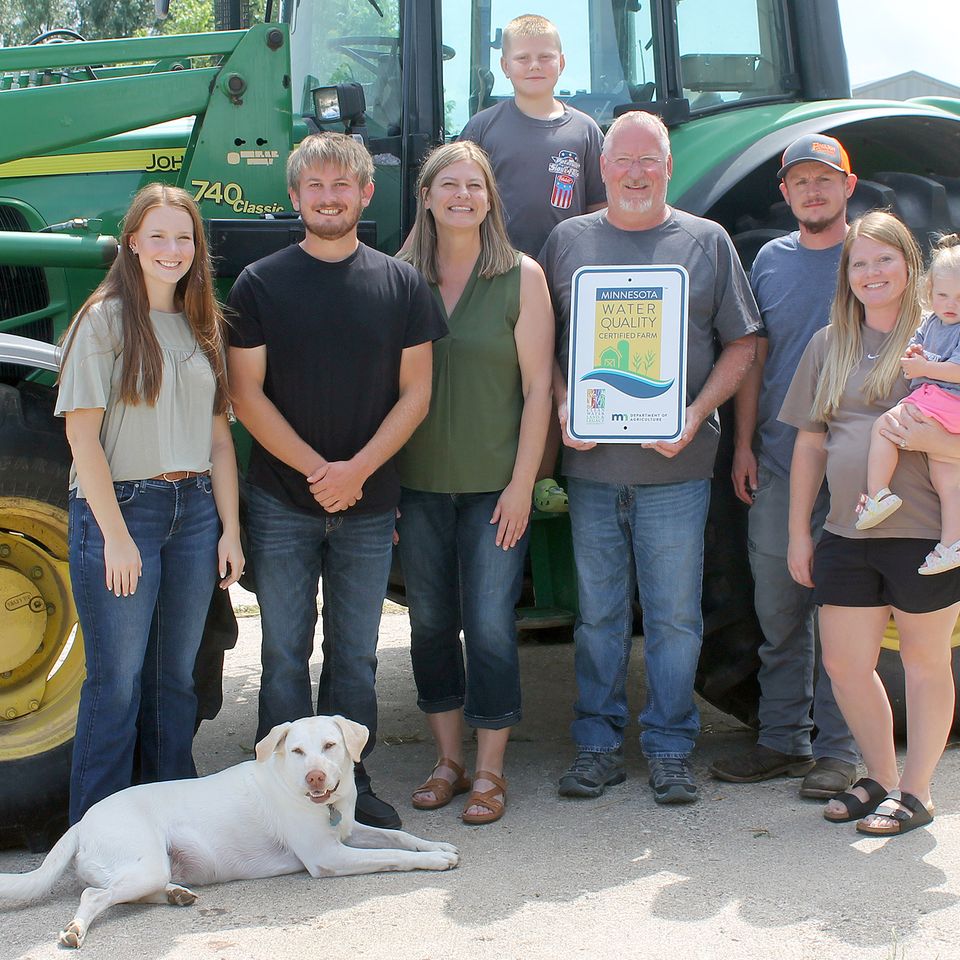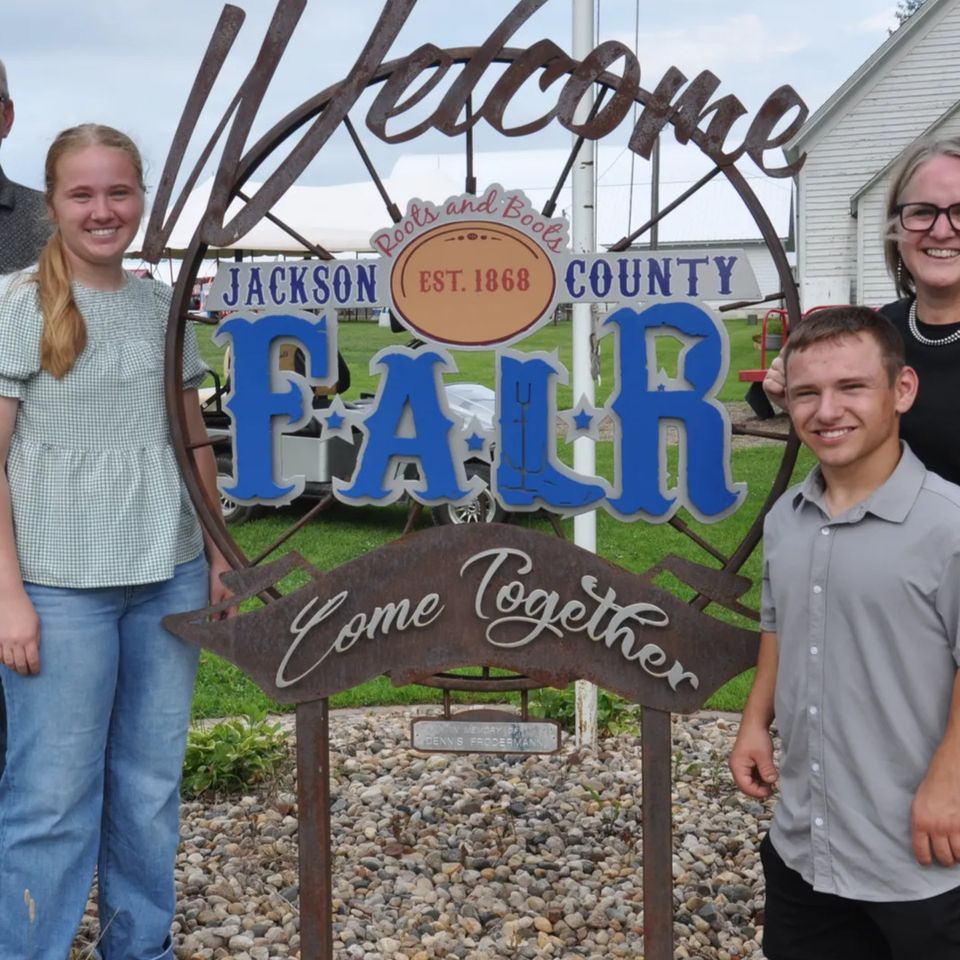
Finnern owns a piece of Jackson County history
Wayne Finnern owns a piece of Jackson County history.
Finnern and his sister, Ruth Finnern Stephens, are the owners of the Atz farm in rural Okabena — the newest Century Farm in Jackson County. The farm was recognized as a Century Farm earlier this year by the Minnesota State Fair and the Minnesota Farm Bureau.
The original 200-acre farm was purchased by Henry Atz in 1925 for $125 per acre after Atz moved to Jackson County from Illinois. Atz farmed the land all 50 years he owned it.
Ownership of the land was transferred to Atz’s son, Howard, who retained ownership for the next 19 years. Upon his death, the six-acre building site was sold and ownership of the 194-acre farm was transferred to Finnern and Stephens. The siblings have owned the farm for the last 31 years and today rent the land out for production agriculture.
The Atz Farm was one of nearly 80 from across the state of Minnesota to be recognized as Century Farms in 2025. Qualifying Century Farms have been in continuous family ownership for at least 100 years and are 50 acres or more in size.
Administered by the Minnesota State Fair in conjunction with the Minnesota Farm Bureau Federation, the Century Farm Program was created to promote agriculture and honor historic family farms in the state. More than 11,000 Minnesota farms — 239 of them in Jackson County — have been honored since the program began in 1976.
Families who have owned their farms for 100 years or more are invited to apply for the 2026 Century Farm Program now. Applications are available online at mnstatefair.org/about-the-fair/awards-and-recognition, at fbmn.org, by calling the state fair at (651) 288-4417 or at statewide county extension offices. The submission deadline is Monday, March 2, 2026. Recipients will be announced in the spring. Previously recognized families should not reapply.
Finnern and his sister, Ruth Finnern Stephens, are the owners of the Atz farm in rural Okabena — the newest Century Farm in Jackson County. The farm was recognized as a Century Farm earlier this year by the Minnesota State Fair and the Minnesota Farm Bureau.
The original 200-acre farm was purchased by Henry Atz in 1925 for $125 per acre after Atz moved to Jackson County from Illinois. Atz farmed the land all 50 years he owned it.
Ownership of the land was transferred to Atz’s son, Howard, who retained ownership for the next 19 years. Upon his death, the six-acre building site was sold and ownership of the 194-acre farm was transferred to Finnern and Stephens. The siblings have owned the farm for the last 31 years and today rent the land out for production agriculture.
The Atz Farm was one of nearly 80 from across the state of Minnesota to be recognized as Century Farms in 2025. Qualifying Century Farms have been in continuous family ownership for at least 100 years and are 50 acres or more in size.
Administered by the Minnesota State Fair in conjunction with the Minnesota Farm Bureau Federation, the Century Farm Program was created to promote agriculture and honor historic family farms in the state. More than 11,000 Minnesota farms — 239 of them in Jackson County — have been honored since the program began in 1976.
Families who have owned their farms for 100 years or more are invited to apply for the 2026 Century Farm Program now. Applications are available online at mnstatefair.org/about-the-fair/awards-and-recognition, at fbmn.org, by calling the state fair at (651) 288-4417 or at statewide county extension offices. The submission deadline is Monday, March 2, 2026. Recipients will be announced in the spring. Previously recognized families should not reapply.

